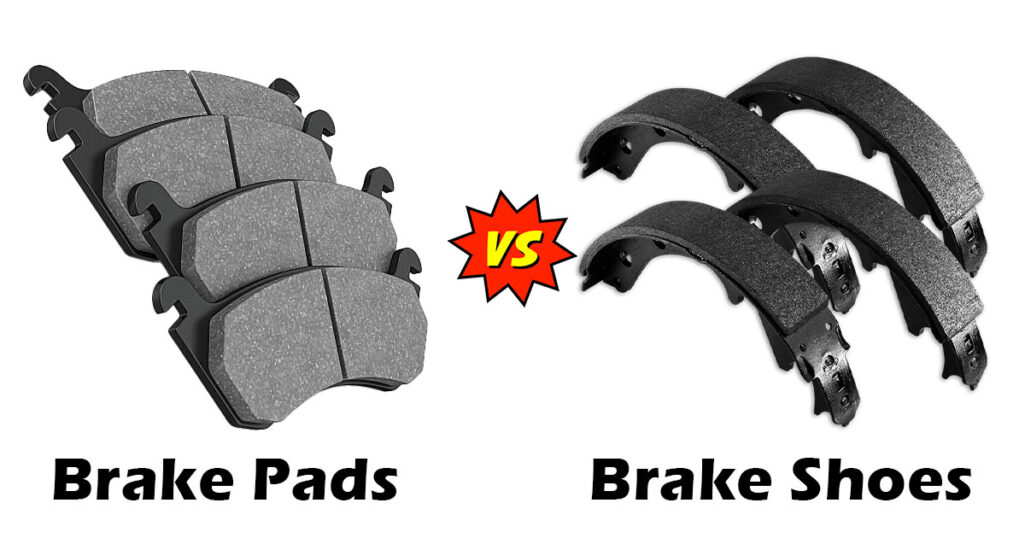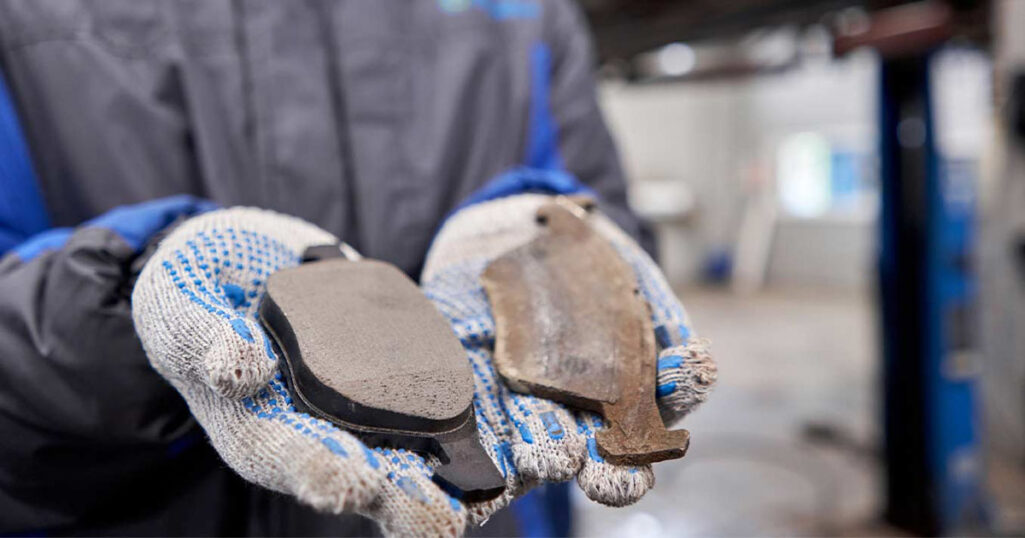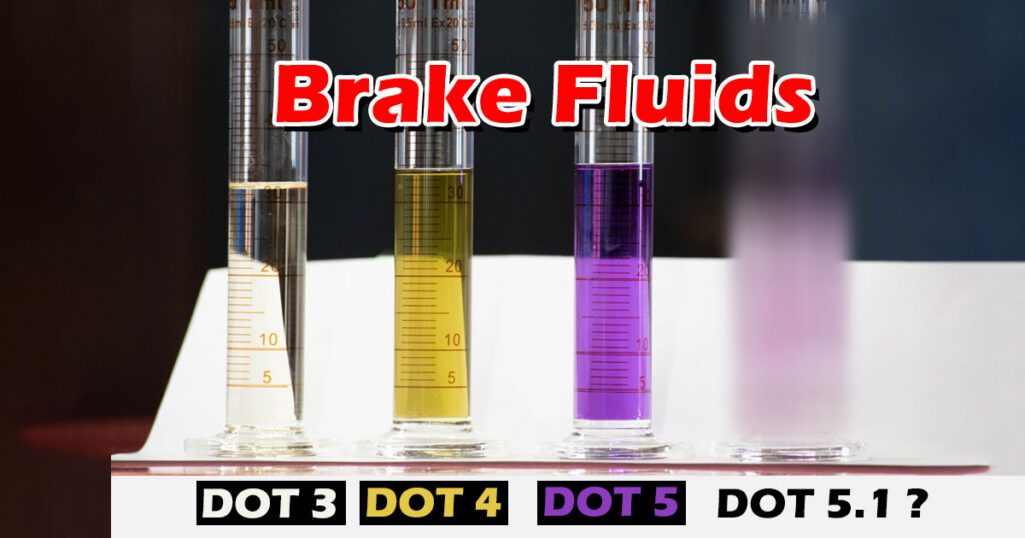
Brake fluids transfer pressure from the brake lever to the brake pads. In order to effectively transfer force, these fluids must be non-compressible. The ideal brake fluid should have a high boiling point, be able to lubricate the calipers and be resistant to corrosion.
There are four types of braking fluid: DOT 3, DOT 4, DOT 5.1, and DOT 5. As kinetic energy is converted to heat by brakes, brake fluids are subjected to a fair degree of heating.
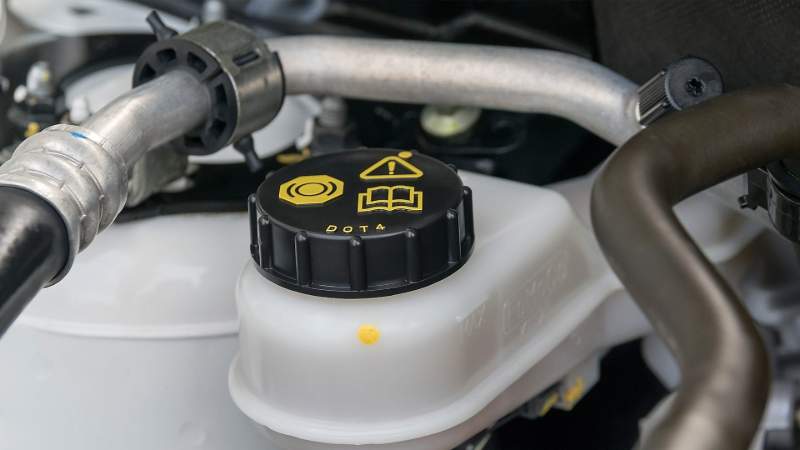
However, it can only handle a certain amount of heat before it begins to boil. During the boiling process, air bubbles will develop and compress the fluid, affecting the braking system’s performance.
Automobile brake fluids most commonly utilize DOT 3 or DOT 4. If you’re not sure what the difference is between each type of fluid, then this comparison will help you out.
What is DOT Brake Fluid?
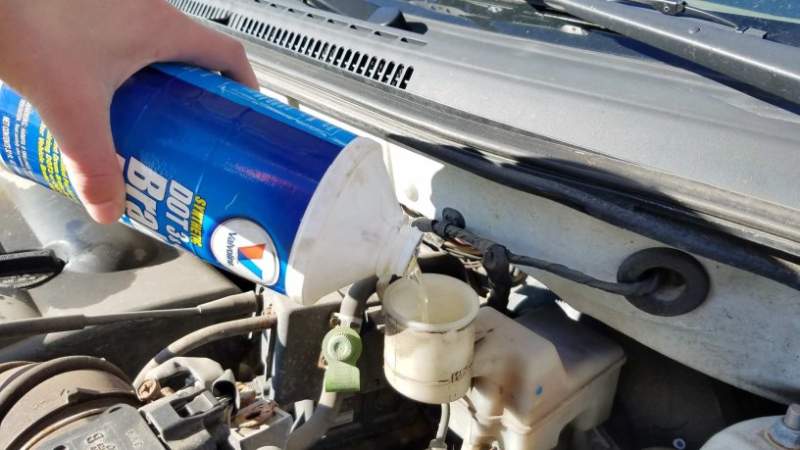
The DOT fluid is the most prevalent type of braking fluid in use today. The poly-glycol base is used in all DOT fluids except the DOT 5 braking fluid. Brake fluids based on glycol are made up of as many as 10 different components. Components of the fluids may be divided down into four primary groups:
- Inhibitors: Oxidation and corrosion are prevented by the use of inhibitors.
- Modifier Coupler: Swelling on the exposed rubber components may be controlled using a Modifier Coupler.
- Solvent Diluent: The solvent diluent determines the boiling point and viscosity of the braking fluid. Between 50% and 80% of the braking fluid is made up of it. Glycol ether is the most used solvent diluent.
- Lubricant: The use of a lubricant, such as polypropylene or polythene, can increase the freedom of movement of components by 20% to 40%.
The Department of Transportation and the Society of Automotive Engineers have set strict regulations and standards for DOT brake fluid. The Department of Transportation is where the acronym DOT comes from.
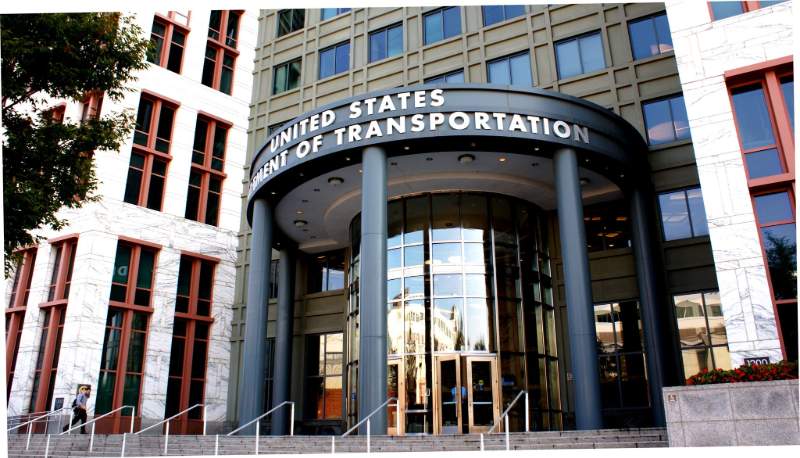
Brake fluid performance in extreme temperatures is the primary concern of the standards. As part of its criteria, they require that the fluid makers conform to a set of minimum boiling temperatures.
Boiling points or temperatures are the primary differences among the several classes of DOT brake fluids. In the braking system, a boiling point is the point at which brake fluid begins to boil or evaporate.
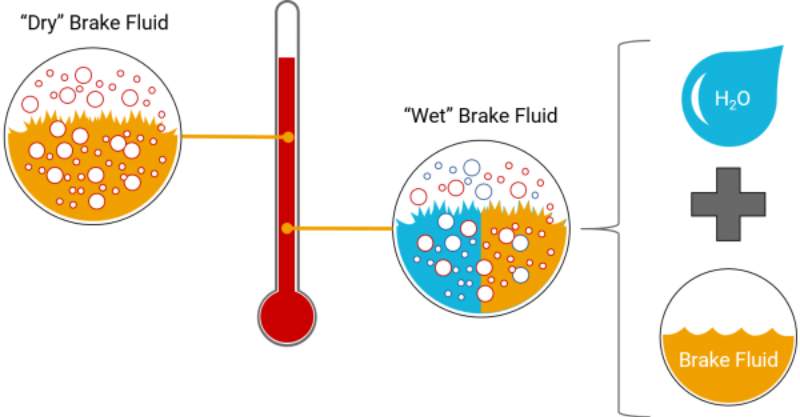
Each brake fluid has two boiling points known as dry boiling point and wet boiling point
Heavy and extended usage of the brakes has a negative impact on the overall functioning of the braking system.
DOT 3 Fluid

DOT 3 brake fluids are petroleum/non-mineral based, non-silicone, totally synthetic brake fluids that may be used in various clutch and braking applications. Alcohol and glycerin are combined to create this mixture.
Polyethylene glycol ether is the basis for the braking fluid’s high-performance properties.
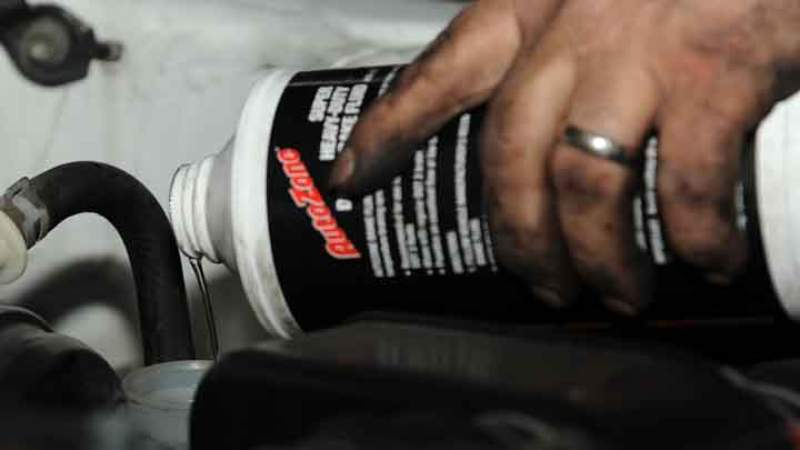
Because of its high boiling temperatures, DOT 3 brake fluid ensures a reliable and safe braking experience even at high braking pressures. With this brake fluid, you won’t have to worry about the fluid boiling or thickening at hot or low temperatures.
DOT 3 brake fluids can tolerate temperatures of up to 205° C as a dry boiling point and 140° C as a wet boiling point.
DOT 3 brake fluid has less rubber component expansion, which reduces fluid loss and leaks. Additionally, the braking system’s components are better protected against corrosion, increasing their dependability and lifespan.
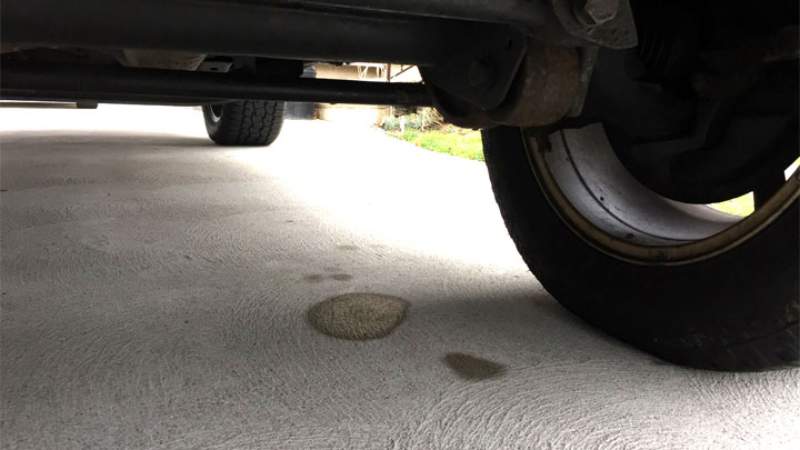
For heavy-duty commercial vehicles, motorbikes, 4WD’s, and passenger cars, this brake fluid may be used to re-fill or top-up the clutch and braking systems. Agriculture, construction and mining equipment can all benefit from this fluid.
DOT 3 brake fluid must be used when the vehicle manufacturer prescribes it. The fluid is inherently hygroscopic and absorbs water from the atmosphere, which reduces the product’s efficiency. To avoid water contamination, be sure to tightly reseal the brake fluid bottle cap after opening it.
The brake fluid should be changed according to the manufacturer’s recommendations. You should not combine DOT 3 brake fluid with Mineral or Silicone DOT 5.
DOT 4 Fluid

DOT 4 braking fluids are glycol ether-based and contain borate esters to boost performance. With the borate esters, you may have better wet and dry boiling points, among other things.
To make it simple, DOT 4 brake fluid has a higher boiling point than DOT 3. In contrast, DOT 3 brake fluid loses its boiling point much more quickly when it comes into contact with water.
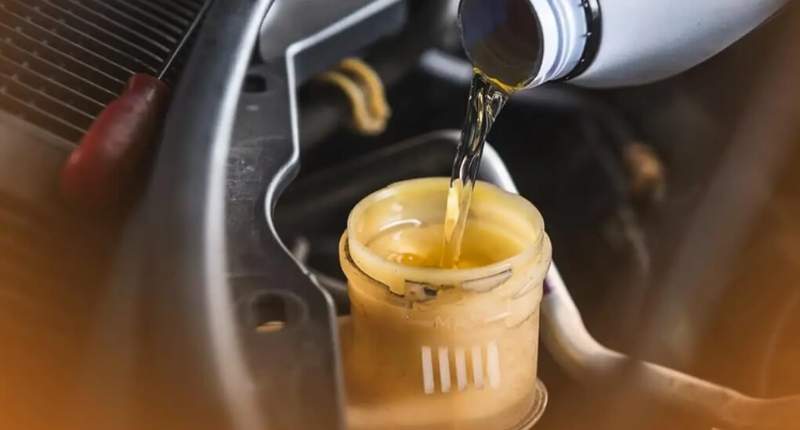
In accordance with the specified criteria, DOT 4 has a boiling point of 230° C dry and 155° C wet. Only use DOT 4 brakes if your braking system recommends them or if the automobile manufacturer has specifically instructed you to do so.
DOT 4 braking systems should be replaced every two years to ensure optimal safety and performance. When the braking system is contaminated by water, its lifespan is reduced.
DOT 4 brake fluid absorbs moisture via the brake lines. As you keep pressing the brake pedal, the fluid in the system warms up.
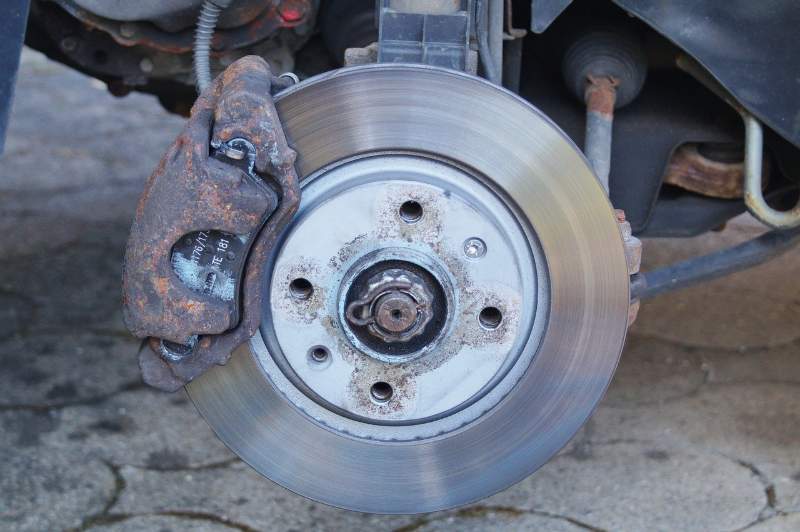
As braking fluids continue to collect water from the atmosphere, their boiling point will drop. Rubber components in wheel cylinders and master cylinders will corrode if braking fluid isn’t changed on a regular basis.
Due to their glycol-based nature, you may use the same DOT 4 lubricant with DOT 3 and DOT 5.1 without affecting performance or damaging the brake system.
However, even if it’s safe to do so, I wouldn’t recommend doing so professionally. DOT 4 is a replacement for DOT 3, but not vice versa. Before re-filling the reservoir with a new type of braking fluid, wash out the old fluid from the system.
DOT 5 Fluid
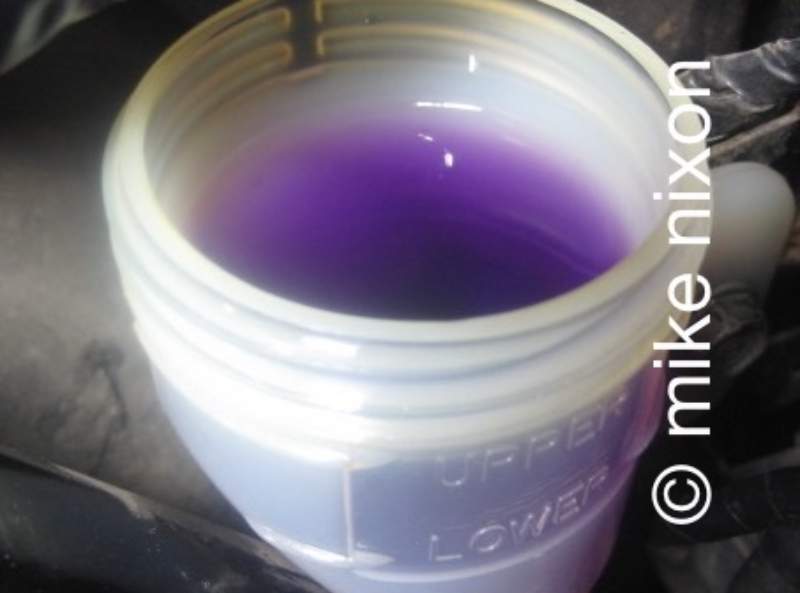
Some of the most popular vehicles on the road today utilize DOT 5 brake fluid, which contains silicon. High boiling points are the reason for the higher price. It boils at a temperature of 260° C dry and 180° C wet.
Brake rotors of the latest generation are typically thin and compact, allowing better heat dissipation. Silicon-based brake fluid is appropriate for this sort of device since it can tolerate high temperatures.

DOT 5 not mixing with water
A DOT 5 brake fluid does not absorb moisture and does not affect painted surfaces, making it ideal for high-performance vehicles. Using this brake fluid protects the braking system from the effects of bad weather.
DOT 5 can be used as a replacement for DOT 3 and DOT 4; however, it should not be mixed with any other braking fluid.
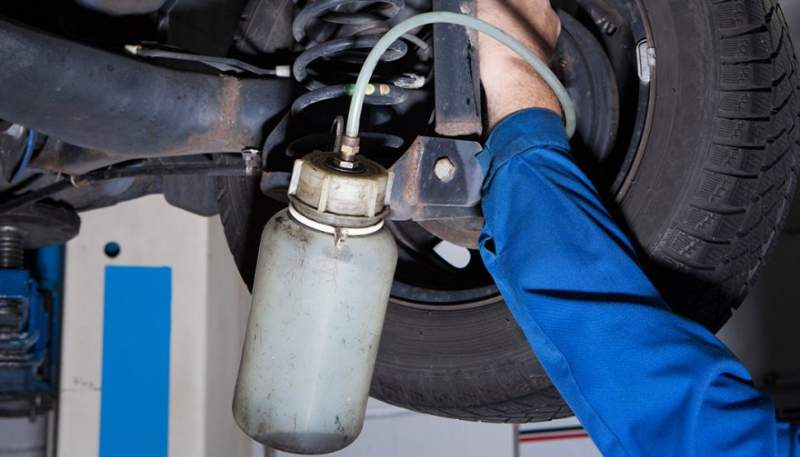
Silicon-based brakes are harder to bleed. However, after bleeding, DOT 5 brake fluid-filled brake systems are more rust-resistant and last longer than those using other formulas.
Cold temperatures don’t affect the fluid’s performance because it is light. When it comes to severe temperatures, DOT 5’s viscosity is far more stable.
There are also some disadvantages to using DOT 5 brake fluid. When heated, it expands greatly, and the additives can evaporate, resulting in a more spongy texture.
Unless you flash it and replace the seal, this fluid is not compatible with previously utilized glycol-based fluids systems. Anti-lock brakes are also incompatible since silicone fluids are thicker. Silicone braking fluids begin to compress at temperatures of 150-180° C, unlike glycol fluids, which begin to compress when they reach their boiling points.
DOT 5.1 Fluid
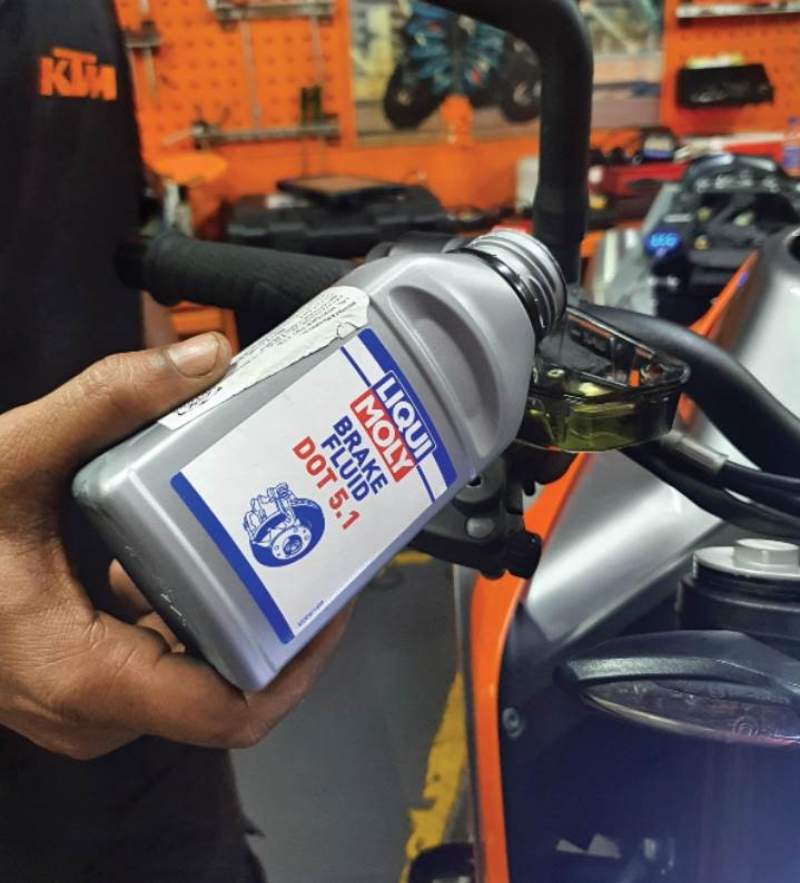
DOT 5.1 is not a revision of DOT 5, as is commonly believed. DOT 5.1 is a mixture of borate ester and polyalkylene glycol ether, a silicone-based product.
In comparison to other DOT braking fluids, 5.1 brake fluid can withstand higher temperatures without becoming sticky. It has better performance than any other DOT brake fluid and can sustain greater dry and wet boiling temperatures. It is compatible with all glycol-based braking fluids but not with DOT 5.
Compared to racing fluids, this fluid’s dry boiling temperature is about 270° C and 190° C wet. DOT 5.1 has the added benefit of being adaptable to a variety of rubber compositions. DOT 3 and DOT 4 are also compatible with it.
DOT 5.1’s drawbacks are its water absorption, paint corrosion, and higher cost than DOT 3 and DOT 4. It’s also difficult to find this braking fluid in some auto parts shops. This brake fluid is incompatible with DOT 5 and should never be mixed with it for any reason.
DOT 3 vs. DOT 4 vs. DOT 5 vs. DOT 5.1
The following table will sum up everything discussed in this article and compare each of the braking fluids mentioned and the compatibility with each other to be mixed or not:
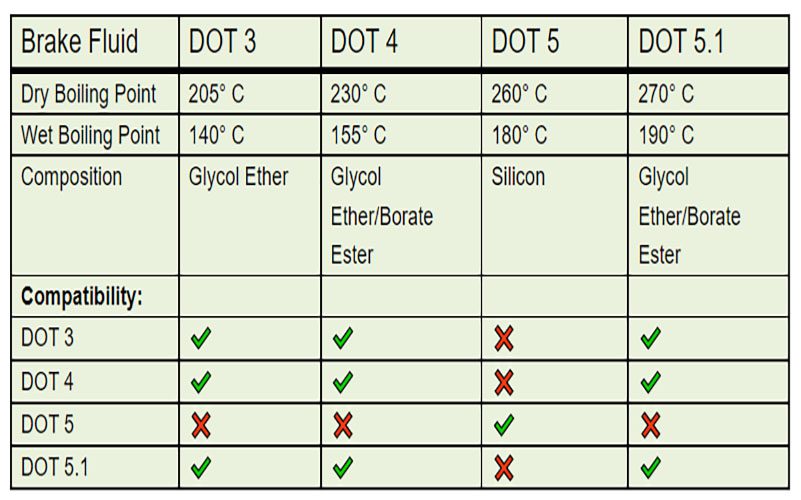
Conclusion
Every vehicle must have enough amounts of brake fluid. Regardless of whether you’re driving an economy vehicle, a large commercial truck, or a motorbike, you’ll need brake fluid.
The primary function of the brake fluid is to control the movement of the braking system’s essential components. The brake fluid enables the pistons in the braking system to compress the rotors, allowing the vehicle to slow down.
As we saw in this article, there are many different types of brake fluid. It’s important to know what kind of brake system you’re utilizing before purchasing brake fluid. The brake fluid you should use is usually recommended by the vehicle’s manufacturer.
It is vital that you follow your car’s owner’s handbook instructions. From DOT 3 to DOT 4, and then to DOT 5.1, you have the option of upgrading. They are all glycol-based braking fluids.
On the other hand, brake fluid DOT 5 is a silicone-based product, and it should not be mixed with other fluids. This braking fluid was designed primarily for military vehicles.
Keep your car safe by using the correct type of brake fluid.

